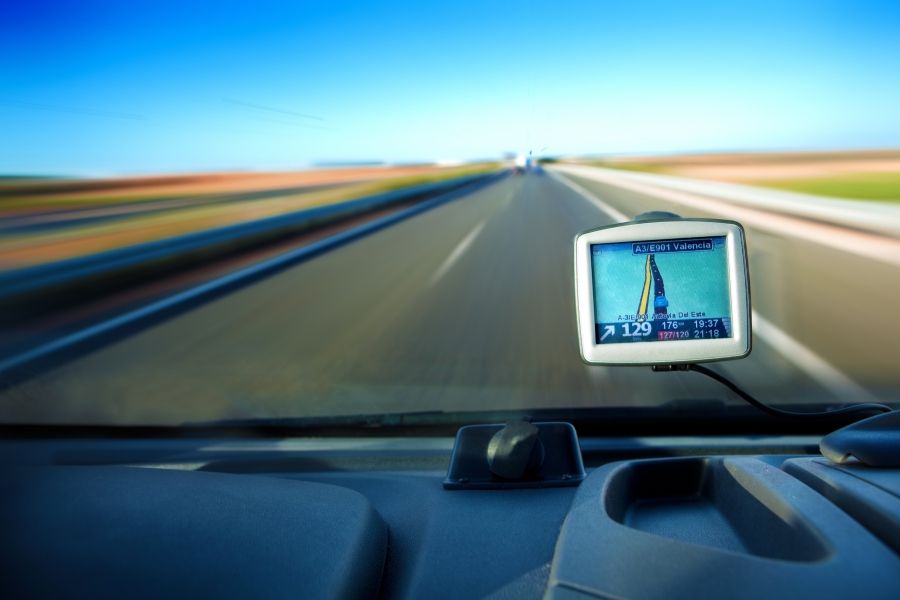These days, distracted driving is a serious problem for American motorists. According to a study performed in 2013, there were 3,154 vehicular fatalities caused by a distracted driver, and approximately 424,000 people were injured. As more people utilize smartphones and GPS, those numbers are just going up. But if your company uses fleet GPS, that can put you in a somewhat tricky position. You need to maximize both the efficiency of your company and the safety of your people.

Safe Driving Tips While Using Your GPS
We understand that dilemma, and we know that, before profits or customer satisfaction, safety for your employees and others always comes first. There’s always a bit of a learning curve when it comes to training, but read on, and we’ll share with you a few essential safe driving tips to keep in mind while using GPS systems.
- Remember when you were learning to drive, and you were told to always keep your eyes on the road? Frequently, accidents happen because drivers are looking at a smartphone in their lap or a GPS screen installed too far down. Your device should always be installed as close to eye level as possible, in order to minimize distractions. If you’re mounting the GPS unit or smartphone, also make sure to install it securely so that it won’t fall while you’re in transit.
- When you’re driving, you’ve probably seen other drivers staring at their GPS screens and jabbing at them in either confusion, frustration, or both. It’s important that you and your people feel comfortable with operating the system prior to heading out. Take a little time to get comfortable with the device, and make sure to enable any voice-activated features to make the drive even easier.
- Before you start moving, plug in the destination address into your GPS correctly and take a look at the route. If at all possible, try to get a cross street ahead of time, and when you verify the address, make sure the cross street is accurate too. Quality GPS systems will also notify you ahead of time about traffic problems, so that you can plan accordingly.
- This should go without saying, but if you’re driving, and either you’ve forgotten to plug in the destination address, or your destination changes, never manually put an address into GPS while you’re driving. That’s a good way to cause a traffic accident. Instead, use a voice application to make the necessary changes or pull over for a moment and do what you need to do.
- Keep in mind that your GPS system might not always be updated accurately. For example, if your GPS tells you to make the next left, but you can clearly see that the turn is the wrong way for a one-way street, don’t make the turn. We know, it seems obvious, but every year people get into accidents or die because they blindly obey their GPS instead of exercising common sense. Trust your senses before you trust your GPS.
- Along similar lines, your GPS will come pre-loaded with hundreds of maps. But things can change, and that’s why it’s important to always keep the firmware in the GPS updated. By doing so, you can make sure you have up to date information at your fingertips.
